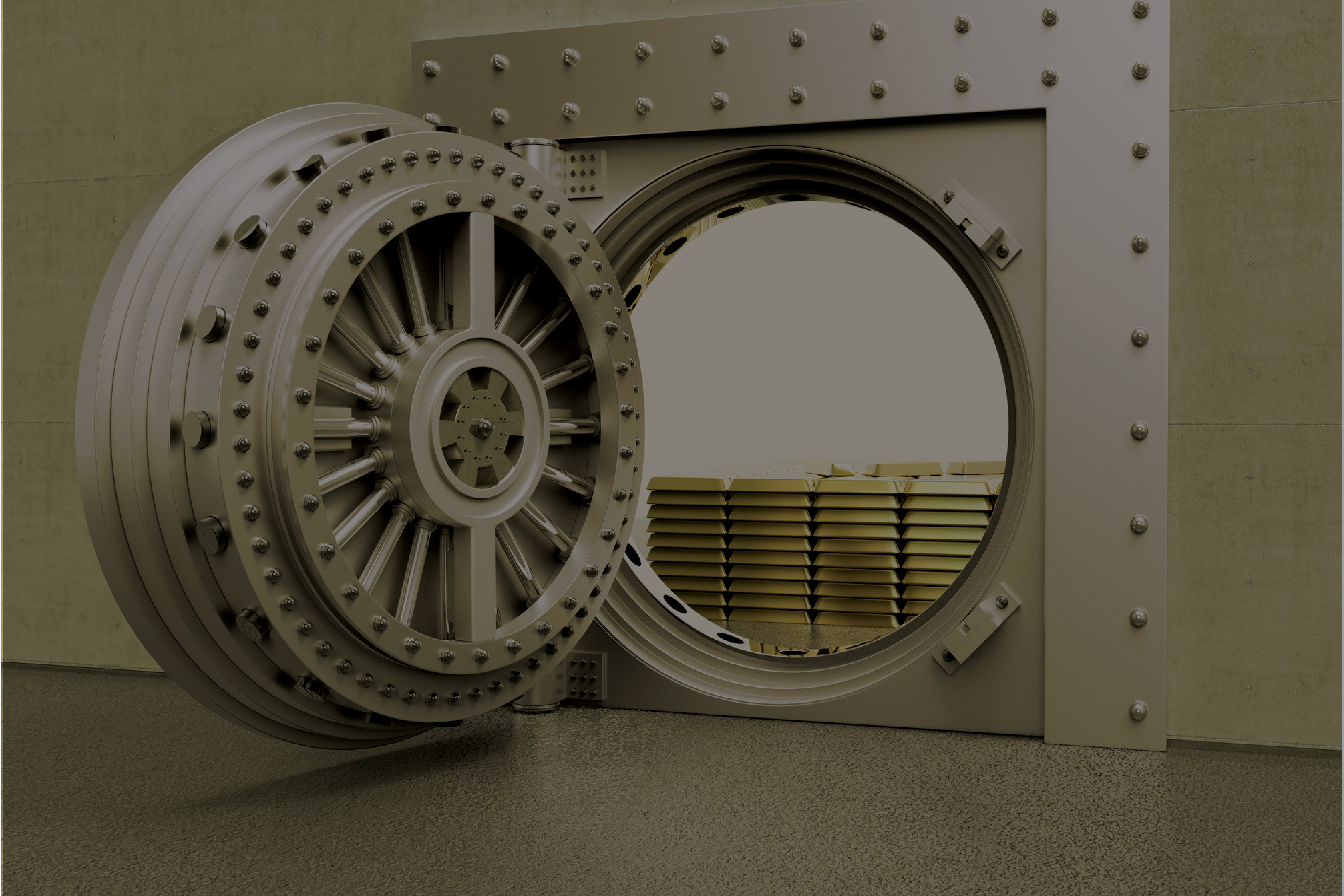o3 BLOG | investissements
L’importance de l’or dans les réserves de la banque centrale Limace : réserves d’or par pays
Gold has been a staple of governments’ financial reserves for decades, and its appeal does not appear to be waning, as central banks expect to be net buyers of gold this year. Currently, central banks own nearly 35,000 metric tonnes of gold, which is about a fifth of all gold ever mined. But what is it that keeps gold so valuable for so long?
One of the most important roles of gold for central banks is to diversify their reserves. Banks control the currencies of their respective countries, the value of which may fluctuate depending on the perceived strength or weakness of the underlying economy. Since interest rates, the classic tool of money management, have been near zero for more than a decade, banks may need to print more money when needed. This increase in the money supply may be necessary to minimize economic disruption, but it devalues the currency. In addition, gold is a finite physical good, the quantity of which is limited. Therefore, it serves as a natural hedge against inflation. As gold has no credit or counterparty problem,
Gold’s inverse relationship to the US dollar, another important reserve instrument, adds to its appeal. When the value of the dollar falls, the value of gold often rises, which helps central banks to secure their holdings during times of market volatility.
The profile of the most active central banks has changed, traditional economic powers such as the United States, Germany, France and Italy no longer buy additional gold, but retain considerable reserves. With nearly 8,100 tonnes of gold, the United States owns the most, over 78% of its total foreign holdings. This is more than double the German stock of more than 3,300 tonnes, which places this country second on the list and represents more than 74% of the country’s reserves.
Emerging economies such as Russia, China, Turkey and India have taken their places as buyers of gold. Despite large purchases of gold over the past decade or two, these four countries still lag behind their Western counterparts, with gold only accounting for 22% of Russia’s reserves, and Russia’s holdings. China, just under 2,000 tonnes, representing only 3%.
Poland and Hungary, both members of the European Union, recently increased their gold reserves. The statement released by the Hungarian central bank at the time of its purchase in March, which raised the country’s holdings of gold to 94.5 tonnes, gives a glimpse of the asset’s current value as well as its long-term power. The bank said managing the risks posed by the pandemic was a key factor in its decision. The emergence of global increases in public debt or fears of inflation have further increased the importance of gold in national strategy as a safe haven asset and reserve value. While central bank purchases of gold have evolved over time, the reasons for holding this asset have not changed.

When the Chinese economy is at the top of the world rankings, it is worth doing some research to understand the causes. Governments, like us, have sought to find out why central banks buy gold. Government banks, such as the People’s Bank of China, have been increasing their gold purchases for years. In reality, these were major purchases. According to Haywood Cheung of the Hong Kong Gold Exchange, China will acquire more than 1,000 metric tons this year – but why? What is its end goal, and why such large expenses for a single asset?
So what makes a central bank buy gold? One factor is the increase in foreign reserves.
China has the world’s largest foreign exchange reserve, Reuters says, but only 1.8% of it is gold. What makes a thing so showy? Compare that to gold, which accounts for 73% of the United States’ foreign reserves. China will have to buy a lot of gold if it is to keep pace – which may surprise economists who recall that Nixon severed gold’s direct relationship with the US dollar more than five decades ago. So why do central banks around the world own 20% of all gold ever mined?
Risk management and mitigation
In general, central banks buy gold and other precious metals to protect against currency risks. This is a proven procedure, comparable to how precious metals are obtained. This is exactly what a normal person would do. « The absence of any credit risk is a fundamental attribute of gold, » explains Hervé Hannoun, director of the Banque de France. JP Morgan was also known to make comments along these lines. In other words, the purchasing power of gold acts as a hedge against the decline of the dollar or other fiat currencies.

To ensure long-term growth and stability.
Central banks buy gold because it is their primary responsibility to maintain stable economic growth. With market excesses being possible, central banks need to put in place monetary policies to keep markets strong, but not too powerful. The ability to buy and sell gold allows central banks to limit the expansion of the market. This explains why the governments of China and Russia have made significant investments in this metal. Their developing economies are particularly prone to the excesses of the free market. Owning gold prevents these excesses from destabilizing the currency and damaging business.
The dollar against gold
The movements of fiat currencies have been spectacular since the end of the gold standard. Investing in assets other than the dollar is one of the best ways for governments to protect themselves against inflation. Precious metals, especially gold, are the most popular investment option with institutional investors. They can now effectively support the dollar because they reduce risk and provide stability.
There is a clear reason why central banks are increasing their gold reserves. To learn more about how gold can add long-term value to your investment strategy, contact our Investor Relations team today.
